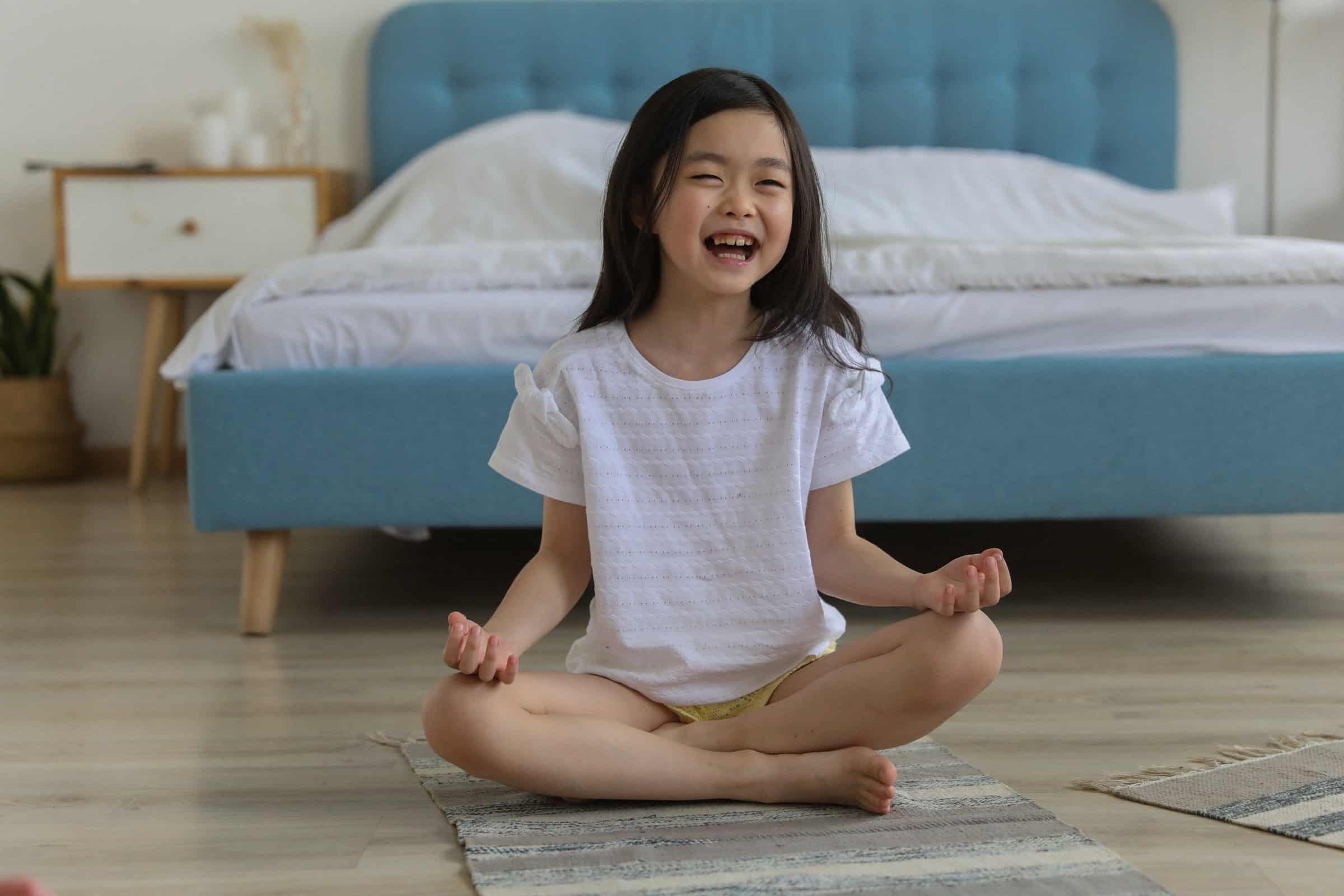Mindfulness is a topic that has received a lot of attention from psychology and wellness gurus in recent years. It refers to being present in the moment and cultivating an awareness, non-judgment, and acceptance of one’s feelings, thoughts, and body. There are numerous benefits of mindfulness; those who regularly engage in meditative mindfulness practices report reduced stress, better sleep, improved productivity, lower levels of stress and bodily discomfort and pain, and even weight loss. With all the perks of mindfulness, it only makes sense to introduce this concept and practice to young people, particularly because adolescence can be an anxious and uncomfortable experience for many children and teenagers (this idea seems to be catching on; some are even introducing mindfulness into school curriculums, and certain gyms offer classes of yoga specifically for children!) By teaching them how to get in touch with their feelings, we can help them prepare for a lifetime of mental and emotional wellness. Here are some ideas to help children practice mindfulness on a daily basis: Ensure They Get Enough Physical Activity Growing kids need exercise to develop and learn, and they’ll have a very difficult time being mindful if they are squirming and itching to move or if they’re sedentary and feeling sluggish. Set limits on screen time, have them turn off the Nintendo, and help them find ways to get the wiggles out (swimming in particular can wear out even the most energetic child). Getting enough physical activity will help prepare them to tune in to their feelings and focus during mindfulness exercises. Play Mindfulness Games Take advantage of children’s natural curiosity and their love of fun by making mindfulness into a game! One activity known as “Listen to the Bell” helps them focus their attention on their sense of sound. Ring a bell, chimes, or even use an internet site to virtually simulate a bell, then have them listen carefully and raise their hand when they can’t hear the ring any longer. Another game is “Breathing Buddy,” where a child lies on his/her back, places a stuffed animal on his/her chest, and watches it rise and fall. This helps them to become better aware of their breathing and encourages to take deep and meaningful breaths. Keep It Simple When introducing and experimenting with mindfulness activities with kids, make sure you don’t overdo it. No need to make a long speech about how great it is (though you may want to tell them a bit about the benefits) or try out elaborate practices. Keep in mind the attention span of young children; they may not be up for a 45 minute long guided imagery session. Additionally, have reasonable expectations; though it may help them relax and become better aware of themselves, mindfulness is likely not a cure-all for all difficulties. Lead By Example And finally, don’t overlook the importance of teaching kids the importance of mindfulness by regularly practicing it yourself! Not only can this help you to be happier and more focused, but it can provide a powerful example for children about ways to handle stress or disappointment. Knowing that you as their parent sometimes need a little break to relax or meditate (or even occasionally catching a glimpse of you in a lotus pose!) helps reinforce to them that meditation can be a simple, regular practice to incorporate in one’s daily routine. Use these simple techniques to help children get in touch with their emotions, senses, and spirits and help prepare them for a lifetime of emotional wellness.
Teach Your Child The Art Of Daily Mindfulness
With all the perks of mindfulness, it only makes sense to introduce this concept and practice to young people. By teaching them how to get in touch with their feelings, we can help them prepare for a lifetime of mental and emotional wellness.
We independently evaluate all recommended products and services. If you click on links we provide, we may receive compensation.

Disclaimer: Just so you know, if you order an item through one of our posts, we may get a small share of the sale.


